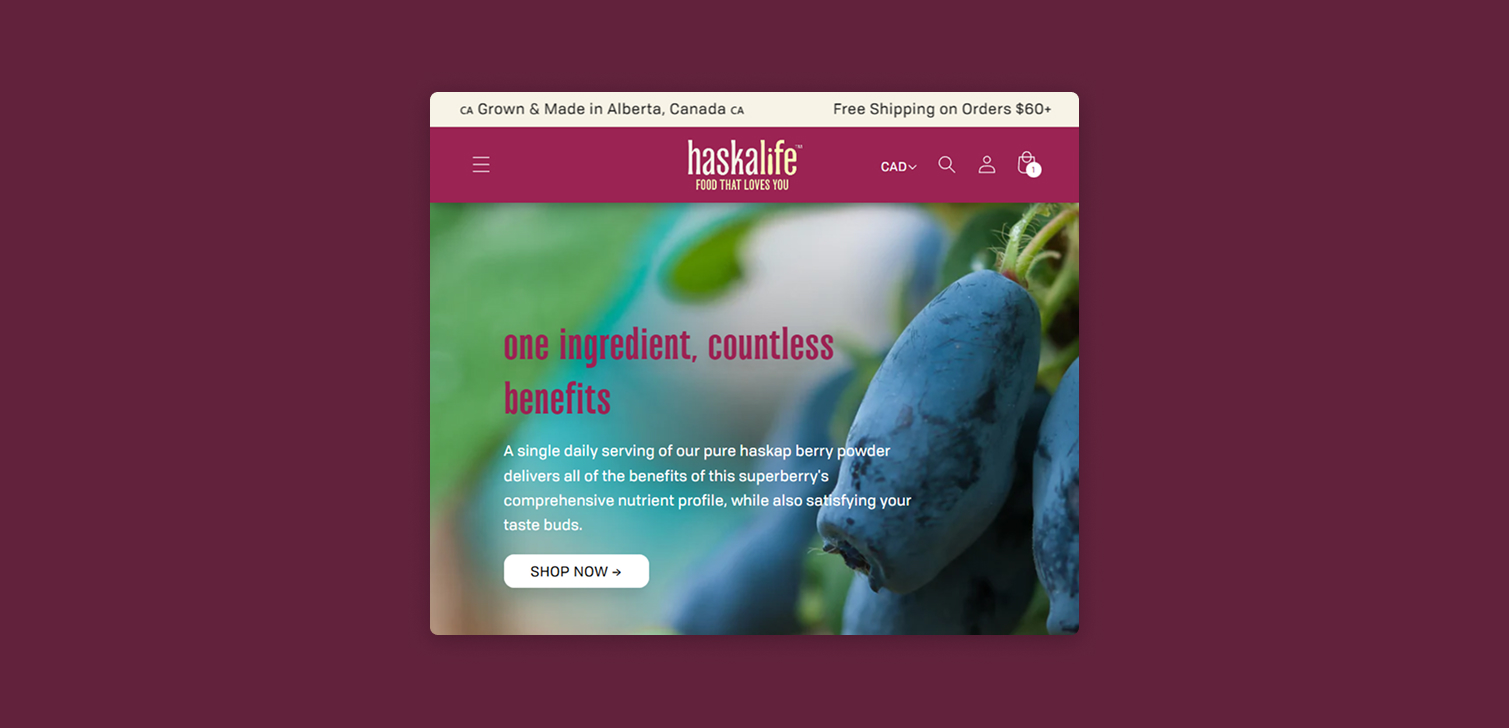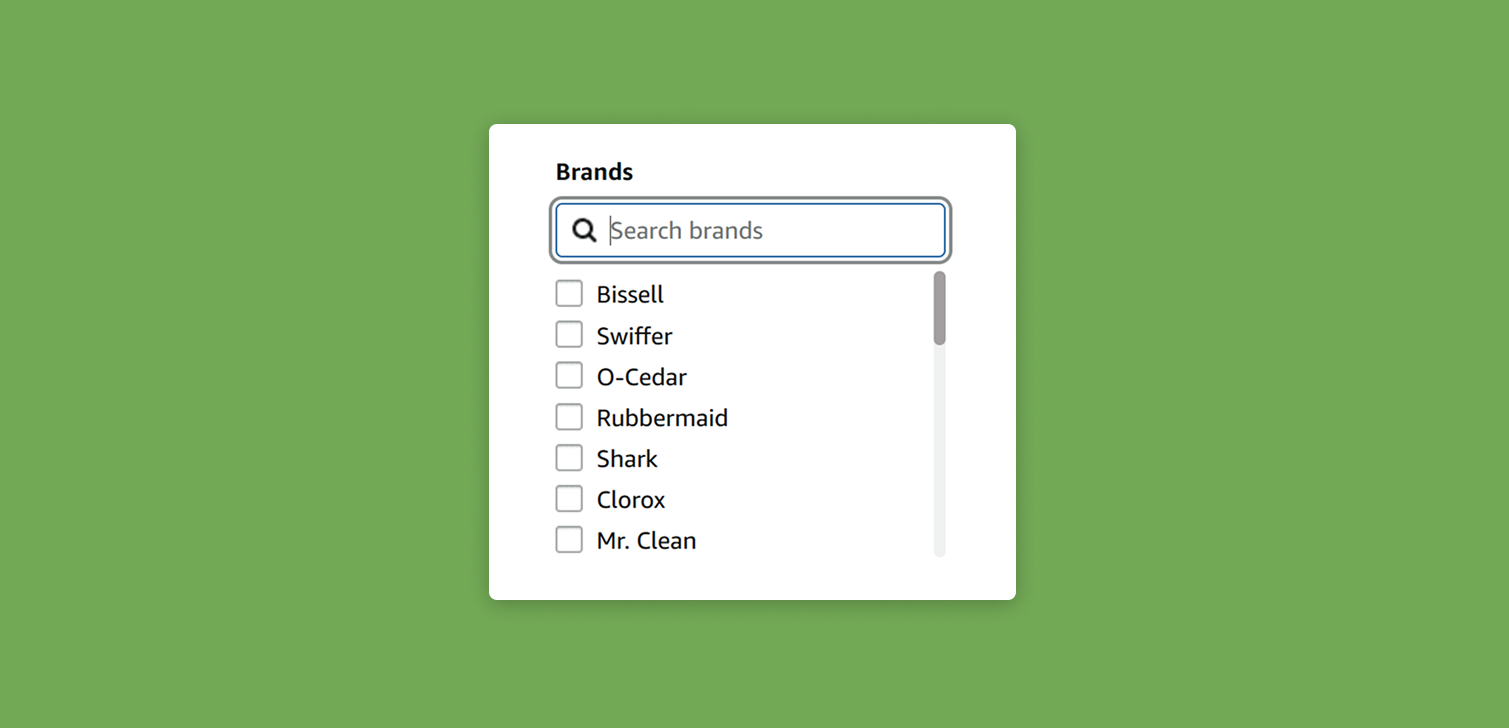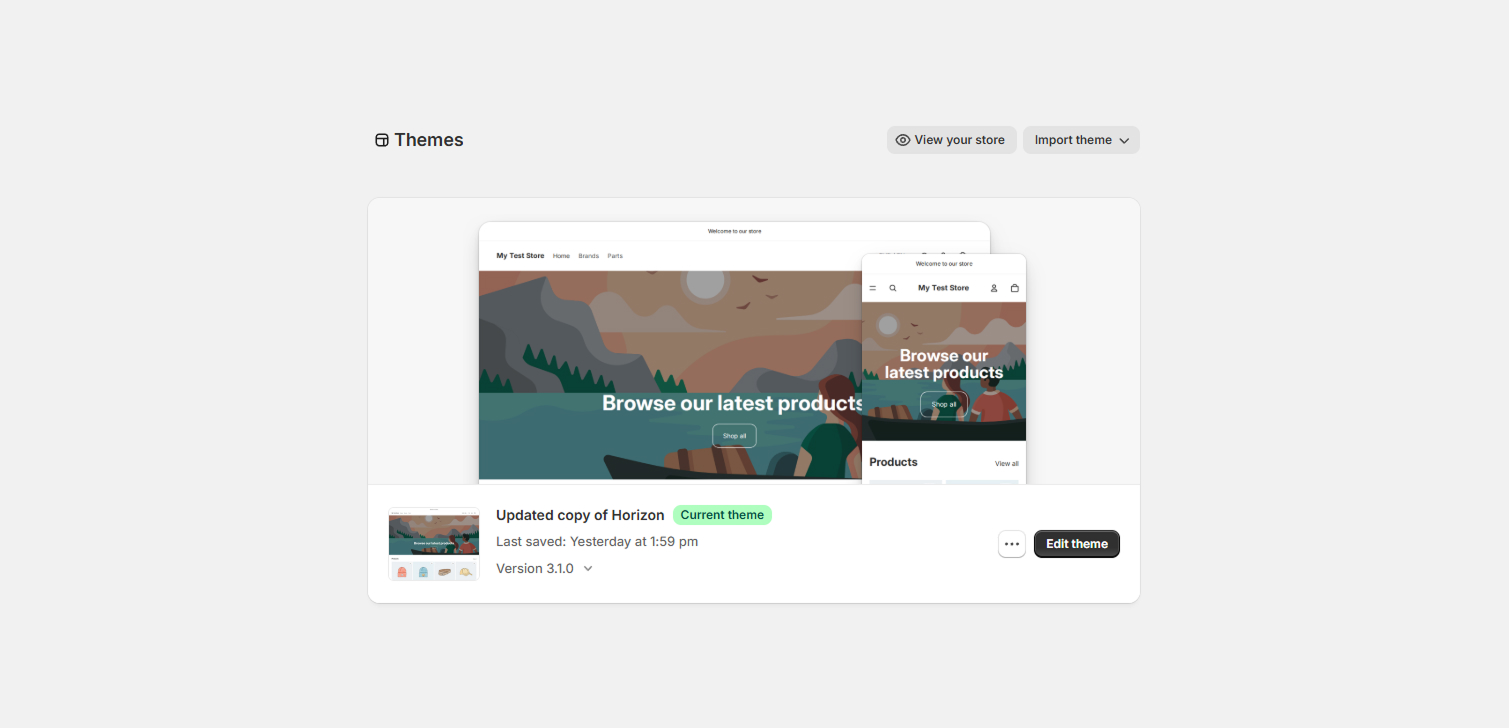Start your e-commerce page with words, not design

When building a page for your online store, most people jump straight into visuals. They open the theme editor, drag in sections, adjust the banner, and pick colors. But that’s not where you should start.
Start with copy.
The text on your page is the foundation for everything else - the layout, the visuals, and the overall experience. Because people still read. They might scan, scroll, or glance, but they read to understand what to do next.
Let’s look at how to build an e-commerce page by starting with copy, and how that changes the way you design.
Why words matter more than layout
People don’t come to your website just to admire your theme. They come to find information, get reassurance, and make decisions.
Words do most of that work.
Images help people imagine, colors set a tone, but copy is what tells them what something is, how it helps, and why they should buy it.
Here’s why starting with copy can make such a big difference:
It clarifies purpose. When you write out what each section should say, you realize what’s essential and what’s not.
It keeps your design intentional. You’re no longer just filling space with modules - you’re giving meaning to each one.
It saves time later. When the copy is ready, design decisions become faster and easier.
If you’ve ever gone back and rewritten text after your page was “done,” you’ve already seen the impact of copy. Often, improving words alone can make a big difference in how users respond.
Step 1: Write the text first
Think of the page as a conversation between you and your visitor. What do they need to know to feel confident?
Write down a rough outline before touching any design tool. It can be a simple text document or even notes on paper.
Include things like:
The main idea of the page (what it’s for).
What value or benefit visitors get by taking action.
Common questions they’d naturally ask.
Reassurances to doubts (trust signals, reviews, guarantees).
Then, look at each section separately.
Example: the product form with the “Add to cart” button. What could you say right there to address hesitation? Maybe you mention free returns or local shipping. Maybe you explain what makes your product different.
Writing this down early helps you see the flow of communication on the page.

Step 2: Map your copy to the layout
Once you have the text, you can sketch the layout. Nothing fancy. Just a rough map of where each message goes.
Use pen and paper, or a digital wireframe. Add boxes or notes like “image here” or “testimonials here.”
The key is that the text leads the structure - not the other way around. You’re creating a visual frame that supports the story you’re telling.
At this point, you’ll probably notice gaps or redundancies. Maybe you wrote two sections that say the same thing, or maybe you realize a certain reassurance belongs higher up. This is the best time to fix it.
Step 3: Design around the message
Only after you’ve mapped your copy should you move into full design. Now you know what needs to stand out, where to draw attention, and what visuals will actually help.
That’s when colors, typography, and imagery come in. They enhance clarity instead of competing with it.
Designing this way helps you:
Keep the customer journey focused and simple.
Make better use of limited screen space.
Create consistency across product, landing, and checkout pages.

FAQ
Do people really read online? Yes, but they scan first. That’s why clear headlines, short paragraphs, and strong subtext matter.
What if I’m not a strong writer? Start by writing naturally. Pretend you’re explaining your product to a friend. You can refine tone and grammar later.
Should designers and copywriters work together? Ideally, yes. Even a quick collaboration early on saves time and revisions later.
Can I just edit copy on existing pages? Absolutely. Updating text for clarity and trust is one of the fastest optimization wins you can make.
Does this apply to all types of pages? Yes - product pages, homepages, even the cart page. The principles stay the same: clear copy first, design second.
Wrapping up
Design isn’t just about how a page looks. It’s about how it communicates. When you start with words, you start with clarity.
So before you drag a section into your theme or tweak a button color, write the story you want that page to tell.





